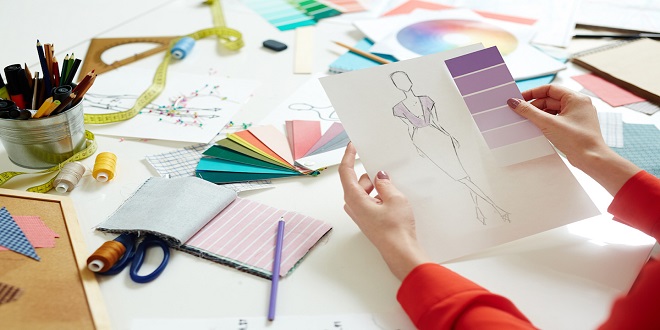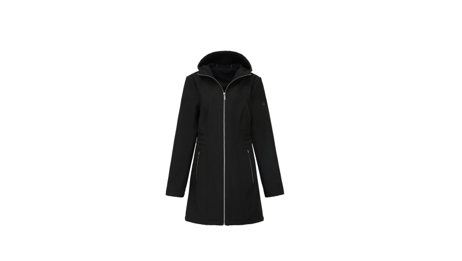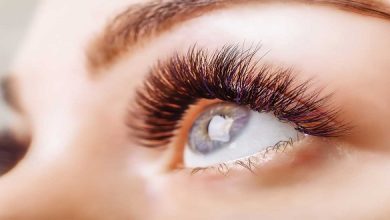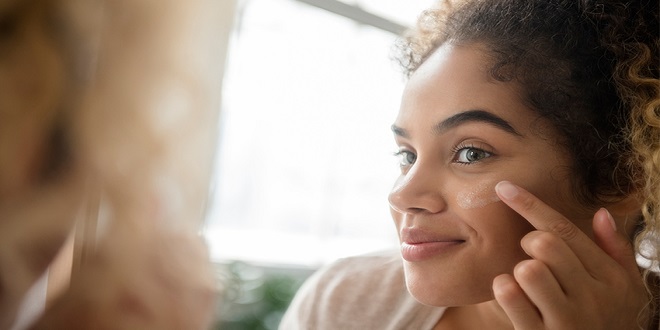How do I make a fashion illustration?

Tracing Paper
As with other papers, each paper company makes unique tracing paper. Some are more transparent than others; they can also vary in thickness. A few varieties are quite smooth and can handle all media; others, of lesser quality, will not stand up to extensive use. Most tracing paper is used as a cover for your work or as a preliminary test run for conceptual planning. All tracing paper is limited in use except for its see-through abilities. It is also great for corrections and useful as overlays on a sketch.
Graphite/Ebony Pencils
Graphite pencils look like regular writing pencils that are sheathed in wood. Ebony pencils can be all lead with just a plastic coating. The difference is that these drawing pencils come in hard or soft leads that vary from H for hard to B for soft. You will need to test these leads to see how light the Hs are and how dark the Bs are. All of these leads are delicate, however. If you drop them, the lead in the wood casing can crack and will be difficult to sharpen because the lead will continue to break all the way down the shaft of the pencil. There are also mechanical pencils. These are holders into which you place leads, which you buy separately. Again, these leads come in H (hard) and B (soft) designations.
Colored Pencils
There are three types that you will need: (1) Those that have hard leads; (2) the kind that have soft leads; and (3) the type that are water-color based. As a rule, the thicker the lead in the pencil, the softer and darker the pencil will be. Harder leads in the pencil will give you a crisper line quality. Watercolor pencils fall in between hard and soft leads. You want to learn control techniques for each type of pencil because they can perform very differently in the rendering process.
Pens
Pens come in as many types of points or nibs as markers do. There are fine, chiseled, broad, and medium. Some have felt tips, while others have metal or plastic tips. Some are supposed to be waterproof or permanent, which means that they will not run or bleed when you use them with other media. Be skeptical and always test the limits of your pens.
Brush Pens
These are pens with a tip similar to a brush—a paintbrush. Some brush pens come in different-width tips which are equal to a #2- or a #7-size paintbrush. In addition to black, they also come in colors. Test the black brush pens because some of them have a reddish cast while others tend to be more grayish than pure black.
Markers
There are many different types of markers. Each manufacturer uses different chemicals that act as a coloring agent. Before you buy any marker, test it to ensure that it is “wet”—not dried out—and to see if it can be used in conjunction with another brand of the marker. Most markers are compatible. There are different options for refills, many types of points, and a vast array of colors. Some markers are toxic. Remember to always put the cap back on tightly after each use and keep markers out of the reach of children.
Water-based Paints
Both gouache and watercolors mix with water; gouache is opaque, while watercolor is transparent. These paints are used to create washes. Experiment with both types to find which will work for you. There is an incredible range of possibilities for using these paints, varying from intense to delicate for any single color. Practice blending the ratio of water to your paints slowly so you do not create bubbles. Gouache and watercolor paints are very different, but they can be used together in your rendering. Inks can be used, too. Inks are much brighter colors and work well in conjunction with watercolors.





